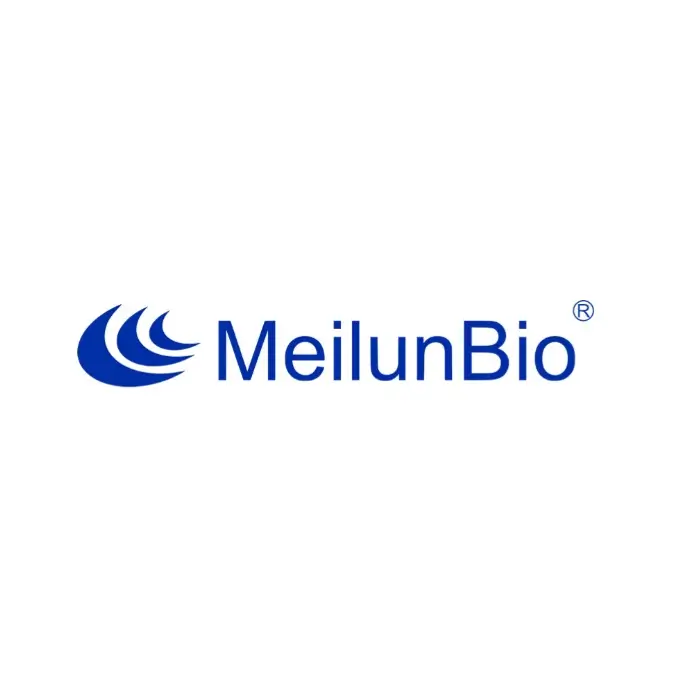| Source: | E.coli |
| Description: | Recombinant Human C-C Motif Chemokine 18 is produced by our E.coli expression system and the target gene encoding Ala21-Ala89 is expressed with a 6His tag at the N-terminus. |
| Accession: | P55774 |
| Known As: | C-C Motif Chemokine 18; Alternative Macrophage Activation-Associated CC Chemokine 1; AMAC-1; CC Chemokine PARC; Dendritic Cell Chemokine 1; DC-CK1; Macrophage Inflammatory Protein 4; MIP-4; Pulmonary and Activation-Regulated Chemokine; Small-Inducible Cytokine A18; CCL18; AMAC1; DCCK1; MIP4; PARC; SCYA18 |
| Predicted Mol Mass: | 10.1 Kda |
| Apparent Mol Mass: | 13 KDa, reducing conditions |
| Endotoxin: | < 1 EU/µg as determined by LAL test. |
| Formulation: | Lyophilized from a 0.2 μm filtered solution of 20mM Citrate, 6% Trehalose, 4% Mannitol, 0.05% Tween 80, pH 4.0. |
| Reconstitution: | Always centrifuge tubes before opening.Do not mix by vortex or pipetting. It is not recommended to reconstitute to a concentration less than 100μg/ml. Dissolve the lyophilized protein in distilled water. Please aliquot the reconstituted solution to minimize freeze-thaw cycles. |
| Shipping: | The product is shipped at ambient temperature. Upon receipt, store it immediately at the temperature listed below. |
| Storage: | Lyophilized protein should be stored at ≤ -20°C, stable for one year after receipt. Reconstituted protein solution can be stored at 2-8°C for 2-7 days. Aliquots of reconstituted samples are stable at ≤ -20°C for 3 months. |
| Background: | C-C Motif Chemokine 18 (CCL18) is secreted protein that belongs to the intercrine beta (chemokine CC) family. CCL18 is expressed at high levels in the lung, lymph nodes, placenta, bone marrow, and dendritic cells. CCL18 is a chemotactic factor that attracts lymphocytes but not monocytes or granulocytes. CCL18 may be involved in B-cell migration into B-cell follicles in lymph nodes. CCL18 attracts naive T-lymphocytes toward dendritic cells and activated macrophages in lymph nodes. It has chemotactic activity for naive T-cells, CD4+ and CD8+ T-cells and thus may play a role in both humoral and cell-mediated immunity responses. |
重组人趋化因子18(CCL18)
¥1,600.00
规格: 10μg
英文名字:C-C Motif Chemokine 18,Human,Recombinant(N-6His)
质量标准:>95%,BR

